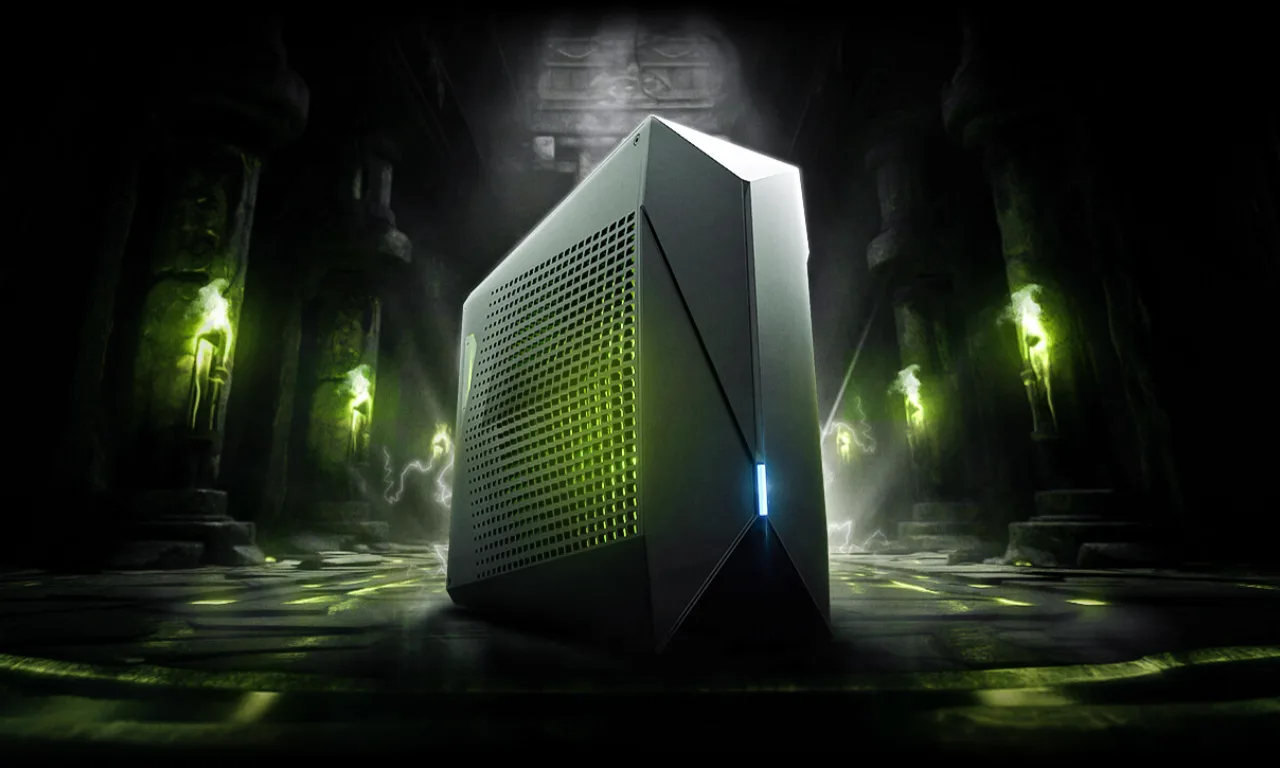When we think of water cooling, our minds usually drift to those hulking, high-performance desktop computers, rigged up with all sorts of tubes and pumps that look more like a science experiment than a gaming setup. It seems almost counterintuitive then, to talk about sloshing water around inside the sleek, compact form of a laptop. But, as technology marches on, so too does the ingenuity of laptop makers, potentially turning the tide on gaming laptop performance.
Gaming laptops just keep getting better. Manufacturers are always trying to compete with each other, whether that’s with faster performance, appealing and comfortable designs, or new ways to keep control of the system temperatures. Speaking of cool, water cooling is very popular in the gaming world right now. Originally a favorite for high-end gaming PCs, it’s now even appearing in gaming laptops to help them handle the heat from more powerful parts.
How Water Cooling Works on a Laptop?
The mechanics of water cooling in laptops vary across different brands, each infusing their brand of innovation into their models. Generally, the setup is similar to traditional air coolers: a metal plate draws heat from the CPU and GPU to a series of pipes or a vapor chamber. The key difference with water cooling is that a water line integrates into this cooling design, boosting heat removal as liquid courses through it, typically using conductive materials like copper.
This isn’t a self-contained system, though. An external unit houses the main components like the reservoir, pump, and radiator, connecting to the laptop via a quick-release mechanism. While this setup might sound like a plumbing project gone mad, it’s all about maximizing efficiency without bulking up the laptop itself. I think actually it’s a good setup to have those cooling parts separate and not get into the actual laptop layout and make it a heavy or massive unit.

Is Water Cooling Important in a Gaming Laptop?
Think about pulling up to your desk, docking your laptop, and opening up games as if it were a PC. This is the promise of water-cooled laptops: lifting the thermal limitations that typically throttle mobile hardware. Not only could this mean higher sustained performance, but it could also mean quieter operation, less heat throttling, and, ultimately, a single device that serves as both your desktop and mobile gaming machine.
Most tantalizingly, you don’t have to commit right away. Many systems designed with water cooling in mind allow you to opt into the setup post-purchase. If the external cooling unit is universal across many laptop generations, the upgrade could pay dividends well into the future.
Benefits of Water Cooling
Water cooling systems, like those in the XMG Neo series and Lenovo Legion 9i, have some cool perks compared to the usual fan-based cooling. They’re really good at handling the extra heat, which means your laptop can run faster and smoother, stay quieter, and might even last longer. One of the trailblazers is the XMG Oasis, which the company claims to be the world’s first commercially available water-cooled laptop system.
Liquid coolers make a difference in how well laptops perform. The XMG Neo 16, for example, comes with this Oasis water cooling system that greatly pushes its performance up, not just in games but also in the benchmarks – the improvement is pretty impressive. It cuts down on fan noise a lot when you’re gaming hard or running demanding tasks. However, we’re still in the initial stages of this technology becoming mainstream.

Potential Drawbacks of Liquid Cooling System
However, integrating water cooling systems in laptops is not without challenges. The elephant in the room with liquid cooling is, of course, the potential for leaks. While computers can afford the occasional leak with more room to manage disasters, the stakes are significantly higher in the compact space of a laptop. Manufacturers will likely provide good warranties to cover defects, but the risk of user error remains—a concern especially pronounced with a system you’ll connect and disconnect frequently. These coolers also increase the cost, add more weight to the unit, and make it a little more complex machine.
As these systems begin to reach people, the real test will be in their longevity and reliability under typical use. It’s an exciting prospect, undoubtedly. A successful integration of water cooling in laptops could revolutionize the field, merging the power of desktop gaming rigs with the portability of laptops. The question isn’t so much if water cooling is the next big thing—it’s whether we’re ready to take the shift and handle its intricacies. Only time will tell if the market will warm up to these advanced new machines.







